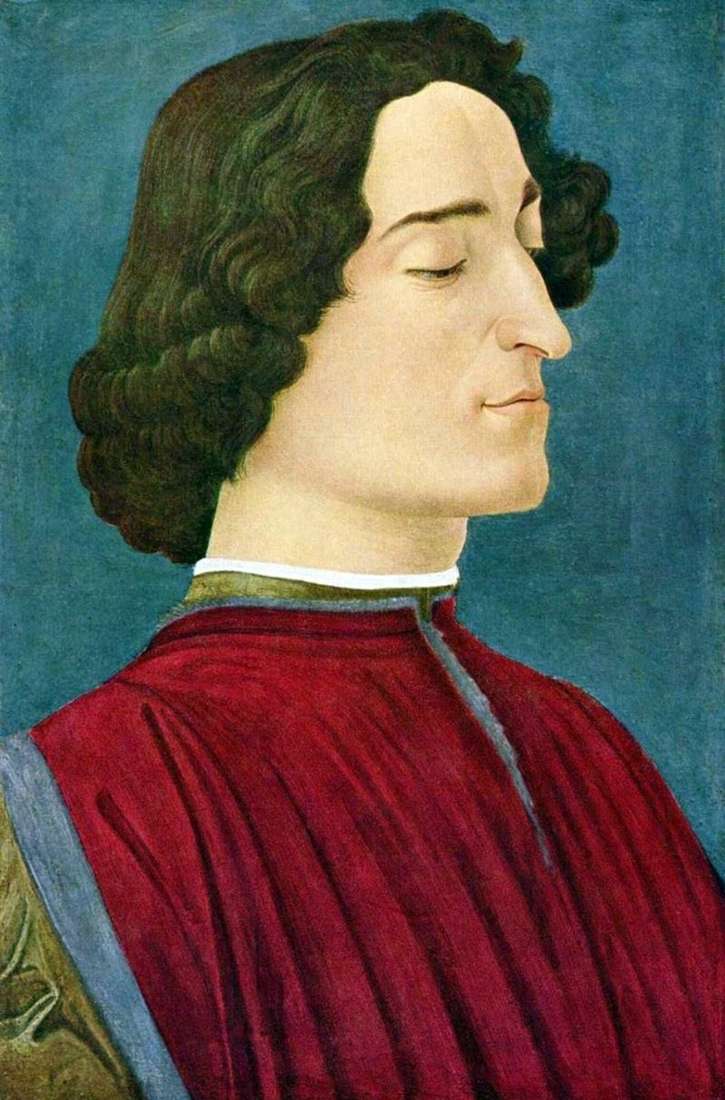
The portrait of “Giuliano Medici” was written by the artist Sandro Botticelli in the mid-70s. The size of the picture is 54 x 36 cm, wood, tempera. The first solid order Botticelli received in 1470: for the courtroom Palazzo dei Mercanti he had to write the figure of the Force – the allegory of moral strength, one of the seven Christian virtues.
Images of the remaining six allegories were ordered by Antonio and Piero del Poliololo. Two years later, Botticelli joined the Guild of St. Luke, who united the artists in the guild brotherhood. In the accession documents, you can read that his pupil was Filippino Lippi, Filippo’s son.
At the end of next year, the number of orders increased. For the church of Santa Maria Maggiore, he wrote “Saint Sebastian”, and in 1474 was invited to Pisa, where he proceeded to paint the Capella Coronation of the Mother of God in the Duomo – the Cathedral of Pisa. This fresco has not reached us, but the very fact of being invited to another city speaks of Sandro Botticelli’s sufficient fame as a talented master held.
In the same years, Botticelli creates a series of portraits of members of the Medici family and others. Portraits of the artist’s brush is distinguished by the sharpness of the reconstruction of characters, subtle, barely perceptible nuances of the inner state of man. Two portraits – a young man and a Florentine lady – date from the beginning of the 1470s.
Portrait of a man with the medal Cosimo de ‘Medici – 1474 year. A little later, the artist performed several portraits of Giuliano Medici, brother of Lorenzo the Magnificent. On April 26, 1478, during the conspiracy of Francesco Pazzi, Giuliano Medici was killed in the city cathedral during the Mass. His brother Lorenzo managed to escape. On the orders of Lorenzo immediately arrested many of Pazzi’s entourage and hung them in the windows of the Palazzo Vecchio.
In the edification of possible rebels, Botticelli was commissioned to paint portraits of the conspirators on the walls of the Palazzo. Although the order was of such a strange nature, he very much contributed to the success of the artist. From that moment, Botticelli began to enjoy the protection of the Medici, especially from Lorenzo Pierfrancesco, cousin Lorenzo the Magnificent, who in 1476, having inherited a huge fortune from his father, acquired a magnificent villa in Castello and commissioned the master to decorate it. In Castello, Botticelli wrote two of his most famous paintings: “Becna” and “The Birth of Venus”
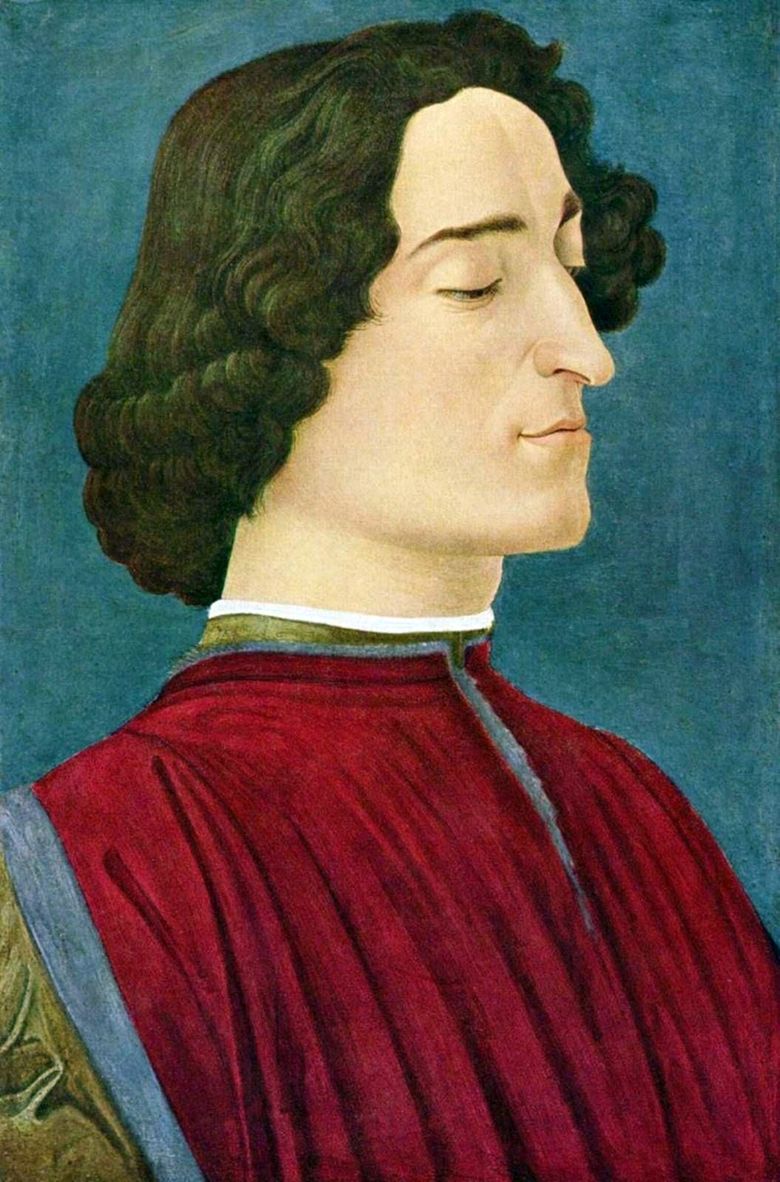 Portrait de Giuliano Medici – Sandro Botticelli
Portrait de Giuliano Medici – Sandro Botticelli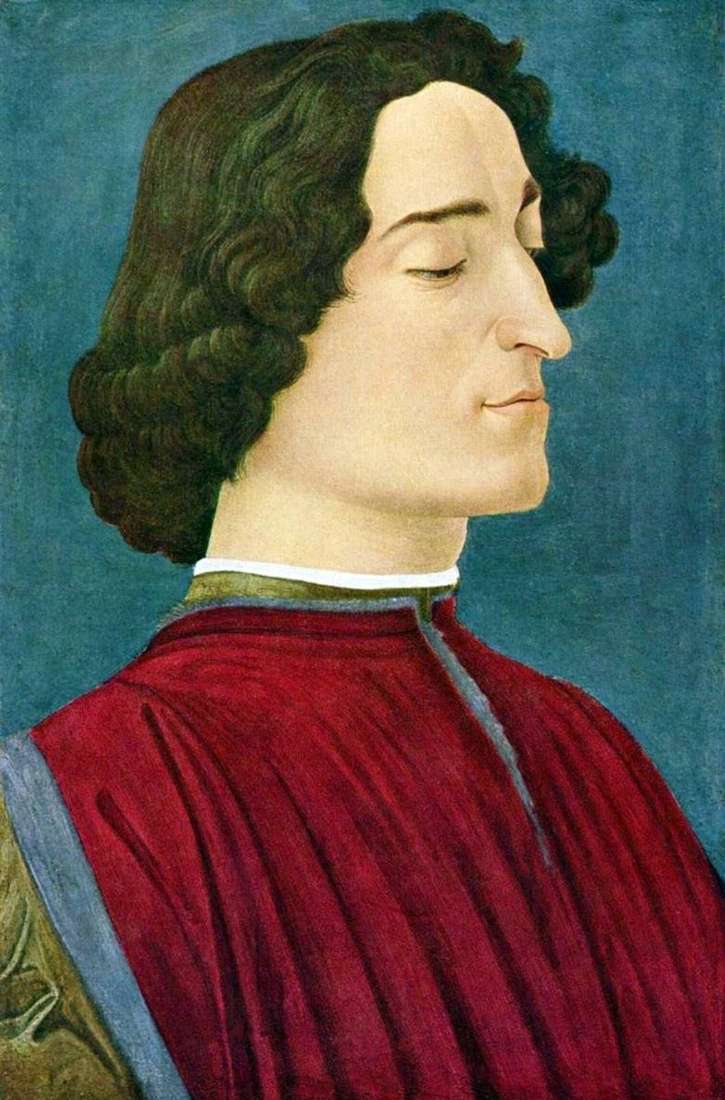 Retrato de Giuliano Medici – Sandro Botticelli
Retrato de Giuliano Medici – Sandro Botticelli Giuliano Medici by Michelangelo Buonarotti
Giuliano Medici by Michelangelo Buonarotti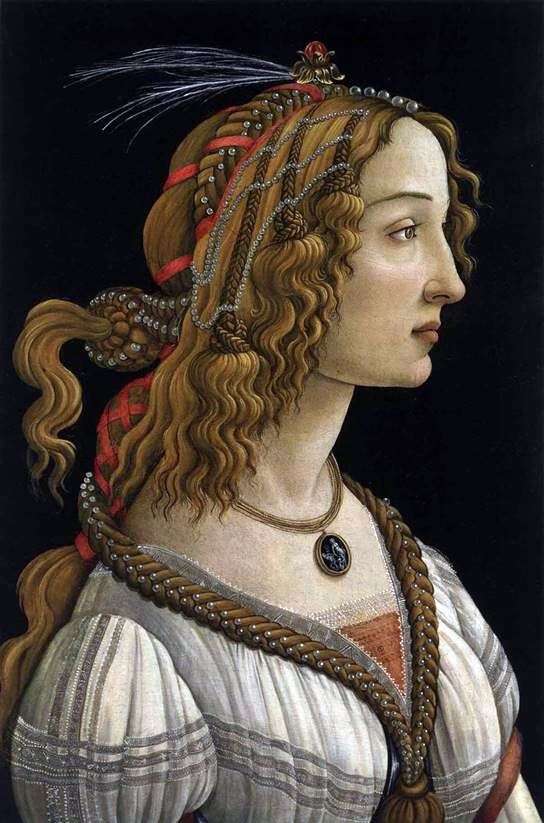 Portrait of a young woman by Sandro Botticelli
Portrait of a young woman by Sandro Botticelli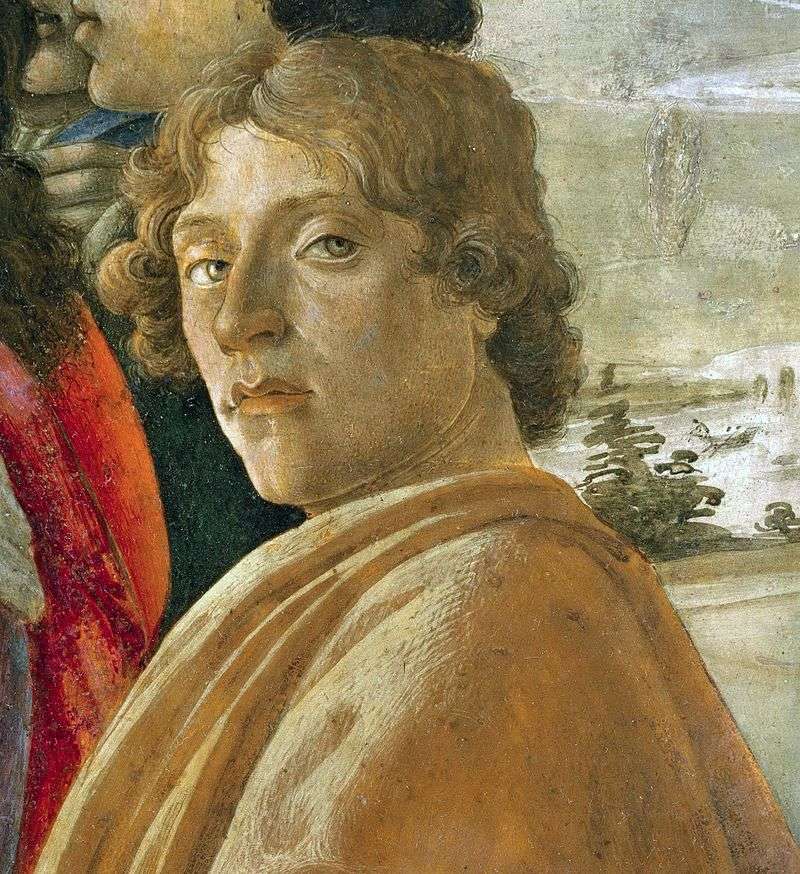 Self-portrait by Sandro Botticelli
Self-portrait by Sandro Botticelli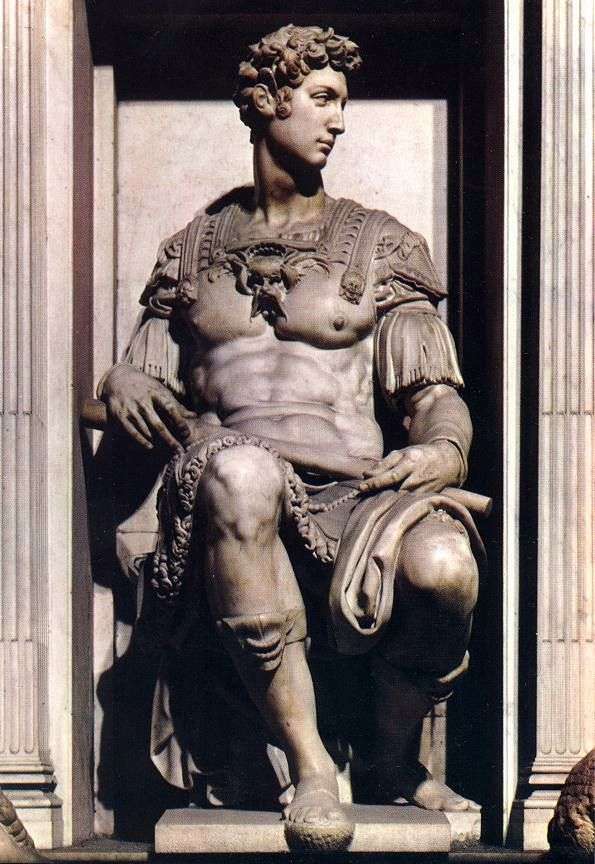 Giuliano Medici – Michelangelo Buonarotti
Giuliano Medici – Michelangelo Buonarotti Portrait of a man with a medal by Sandro Botticelli
Portrait of a man with a medal by Sandro Botticelli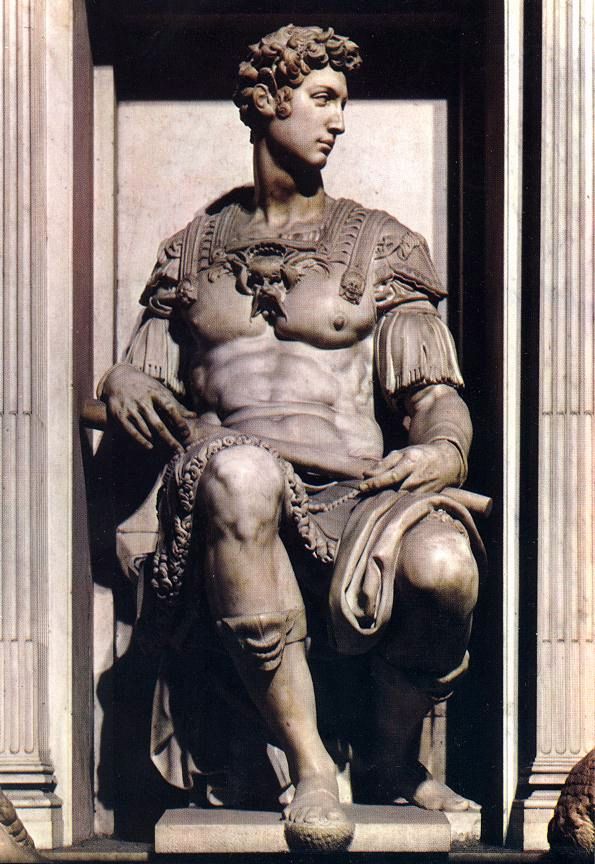 Giuliano Medici – Michelangelo Buonarotti
Giuliano Medici – Michelangelo Buonarotti